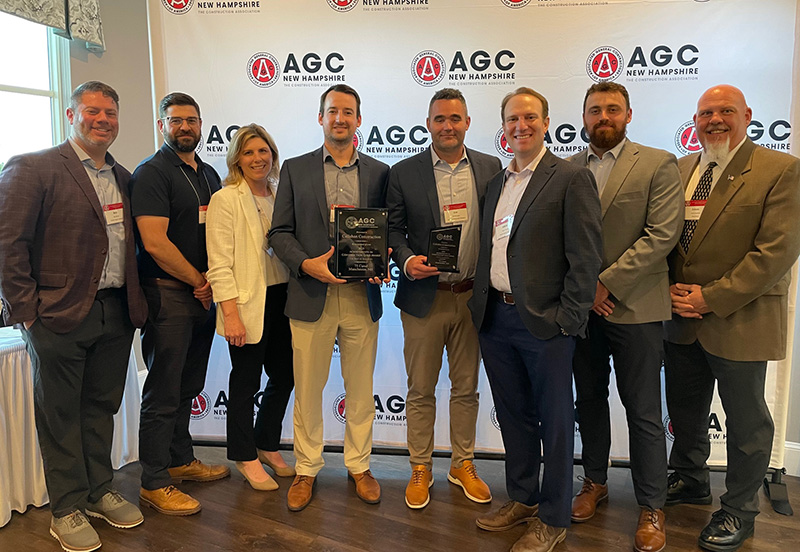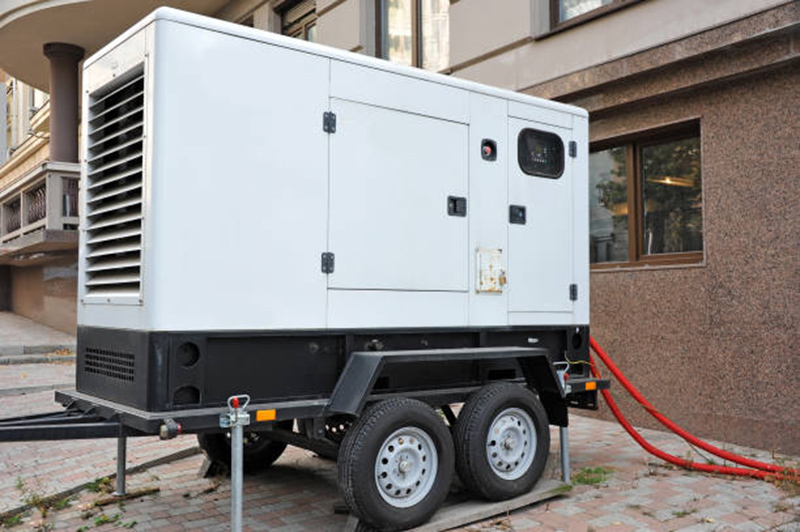News: Construction Design & Engineering
Posted: February 18, 2009
The changing renovation and restoration landscape: Thinking outside the box
A lot of redefining and recalibrating seems to be going on these days, and not a moment too soon. The term sustainability seems to include just about everything now—environmental, social, and, my word yes, economic. No surprise then, to see the world of traditional building trying to fit right in with this brave new world. As well it should.
Sustainable design, construction and property management have become the new baseline, to be embedded in all decision making, and this is most welcome. At the heart of this discussion is trying to do more with less, to stop the waste, especially reducing consumption of non-renewable energy and materials. When a project has historic character or significance to boot, preserving materials and relying on traditional methods of heating and ventilation serves both ends. That is efficiency for you. Some might even argue that preservationists were the inspiration of the sustainability movement.
Like many other landscape architects, when I talk about "seeing the forest through the trees" or even "the landscape", I can use the words literally, or figuratively, or both. Stay with me. The emerging landscape for products and materials that are both sustainable and compatible for renovation or restoration promises to revolutionize the meaning of unobtrusive and non-invasive. But there is more. The renovation and restoration landscape includes, well, actual landscape. No matter how small the project (even window boxes or jardinieres do a landscape make) landscape is part of the mix. While landscape may be constrained in an urban project, its significance for the owner and everyone else within eyeshot of it can be disproportionately large, and in a good way. The fact is, the landscape defines the character. For low-density projects, the outdoor factor looms that much larger.
Few restoration projects can include a picture-perfect "period" landscape. For most restoration projects, it is appropriate to let the landscape capture the spirit of the building through innovative means, through simplification, and through sustainable choices. There has long been a well-defined approach to traditional landscape design that is compatible with traditional building. For preservation and rigorous restoration projects, the discipline of historic landscape design has been well developed for some time; even plant hybrids can be selected for historic correctness, and archaeology (a bit more involved than scraping off layers of paint) can reveal landscapes lost. Meanwhile, as climate change causes birds and tree species to migrate north, the landscape recalibration includes finding substitutes for plant species beloved in traditional design but now in decline.
In the Age of Sustainability, the ground is shifting beneath our feet, to paraphrase our President. Part of the ongoing recalibration is how sustainability and traditional building can be seen to converge, perhaps soon to merge. For now, though, whether we are talking about sustainable design or traditional building or both, the landscape is part of the mix. While most of the gains in sustainable design are understood to be centered on the building and its systems, decisions made about the outdoor space surrounding that building are by no means insignificant to sustainable thinking, and are hardly less important for renovation, let alone restoration or preservation. Given the ongoing Sustainable Sites Initiative led by the American Society of Landscape Architects, the U. S. Green Building Council's LEED rating system will very likely embrace many more points for landscape and exterior environmental issues than it does now.
The concepts of traditional building, renovation and restoration are indeed enlarging their turf, given the recent focus on traditional styles for single family housing not only in the U.S. (shingle style, Italian, Spanish) but in places like China, which cannot get enough Spanish, Italian, English, and traditional American, complete with landscapes to die for, pools, outdoor dining, Jacuzzis, all in the correct style, or as correct as anachronistic can be. Even factories in China are being renovated as chic retail malls and their crucibles and smokestacks renovated to provide pedestrian streetscape theater. Indeed, Boston's own Faneuil Hall Marketplace is the inspiration of numerous renovations in China, providing outdoor cafes in historic surroundings and pedestrian malls on historic streets, most famously in Xintiandi ("New Heaven on Earth") in Shanghai, while in Beijing the courtyard houses—call them Beijing's answer to brownstones—once considered expendable, are now being lavishly renovated. The innovations we introduce here resonate that far away. That is a large landscape, and it is not a bad thing.
We at AGER like to think outside the box wherever we work, whether preserving a long-lost monument in a new interpretive park in Beijing, or bringing fresh ideas to the landscape in our nation's oldest historical society.
Thomas Paine ASLA heads the Boston office of AGER Group Landscape Architects and Land Planners.
MORE FROM Construction Design & Engineering
Nobis Group awards Robinson and Moreira STEM scholarships
Concord, NH Nobis Group, a 100% employee-owned consulting firm specializing in engineering and environmental solutions across the Northeast, has named the recipients of its 2025 STEM Scholarship: Andie Moreira of

Quick Hits
Columns and Thought Leadership

Careers in Construction Month focus on training and safety - by Joe Camilo
October is Careers in Construction Month, and rarely has it been more consequential. According to our chapter’s national parent organization, the construction industry needs to attract half-a-million new workers in the coming year to meet demand. Addressing that need is a huge job, but we at ABC MA are trying to do our part.

The design-build advantage: Integrated interior design solutions - by Parker Snyder
When it comes to corporate interior spaces for both commercial and industrial projects, partnering with a design-build firm with in-house interior design services can offer clients many benefits. Unlike traditional delivery methods where interior designers operate independently from the design and construction teams, often creating a longer project timeline as cost negotiations and revisions ensue

The rise of incubators and co-working spaces: The latest in life sciences - by Matt Combs
In recent years, the life science industry has witnessed a shift in how companies operate and innovate. One of the key driving forces behind this transformation is the emergence of incubators and co-working spaces specifically tailored to meet the unique budget and schedule needs of startups.

Ask the Electrician: Is summer a prime time for commercial electrical maintenance?
The answer is “Yes!” While January marks the official new year, many businesses view September as a fresh start. This makes summer an ideal time for commercial property owners to schedule long-term electrical maintenance projects.







